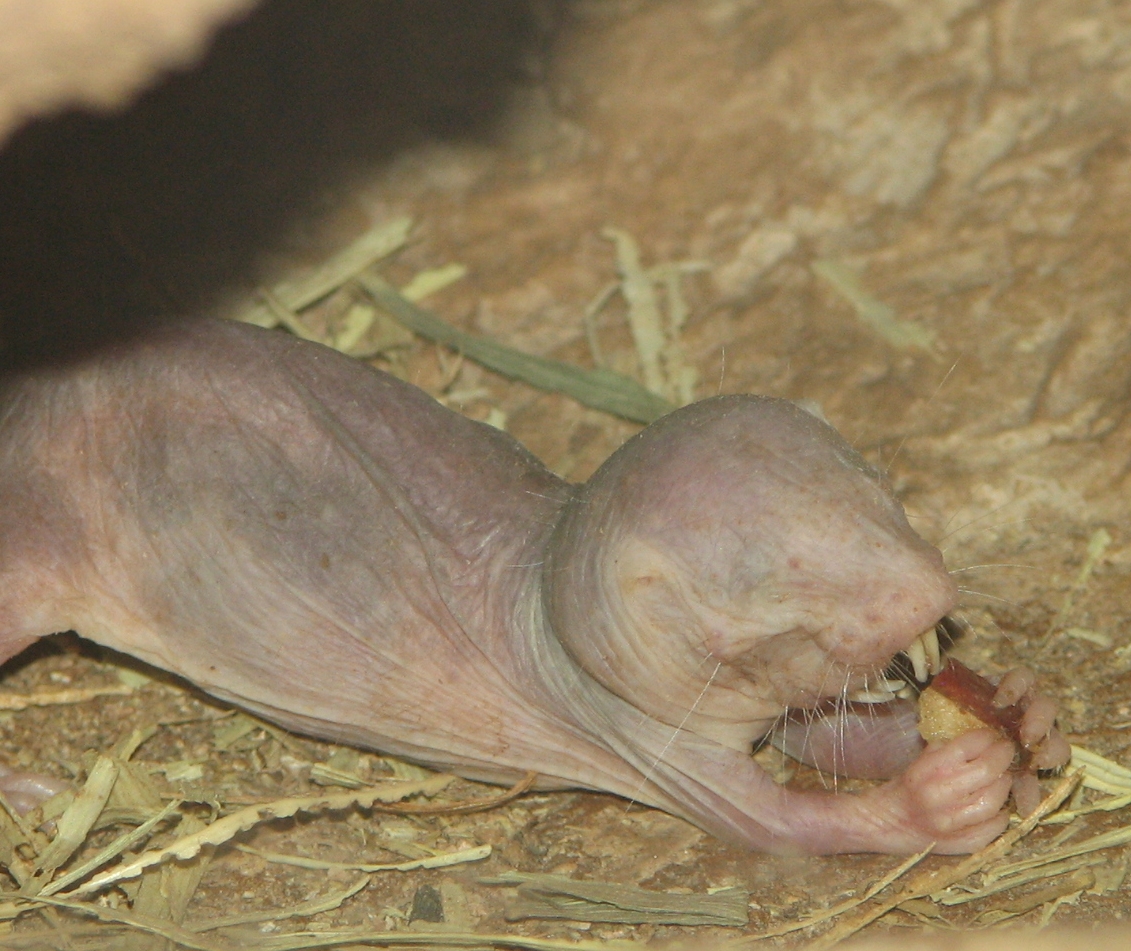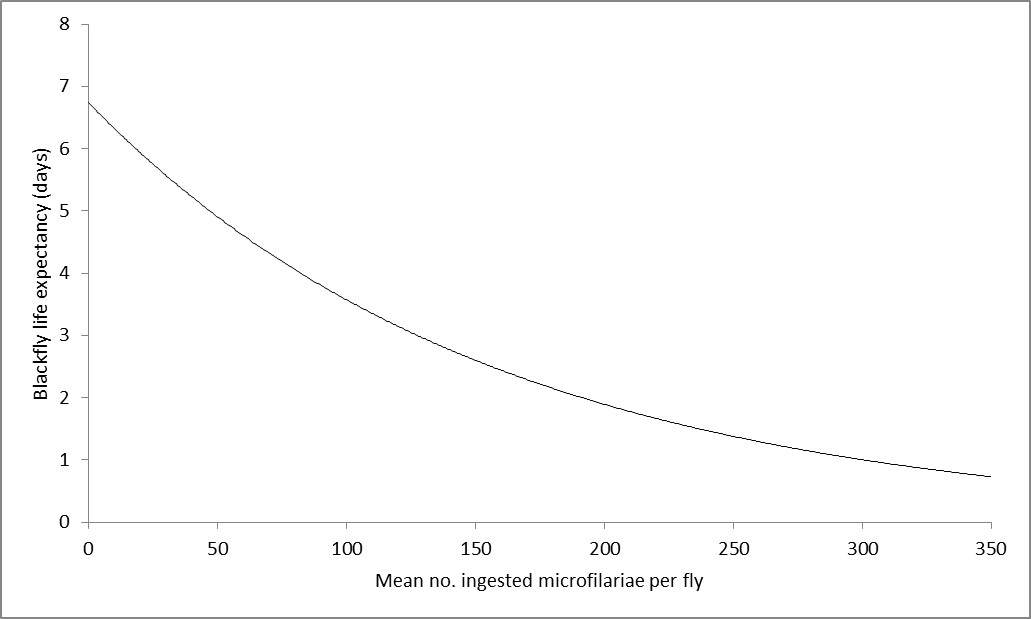|
Extrinsic Mortality
Extrinsic mortality is the sum of the effects of external factors, such as predation, starvation and other environmental factors not under control of the individual that cause death. This is opposed to intrinsic mortality, which is the sum of the effects of internal factors contributing to normal, chronologic aging, such as, for example, mutations due to DNA replication errors, and which determined species maximum lifespan. Extrinsic mortality plays a significant role in evolutionary theories of aging, as well as the discussion of health barriers across socioeconomic borders. __TOC__ Evolutionary theories of aging Extrinsic mortality is implicit in both classical theories of aging and non-classical studies of aging. In both cases, its existence causes a selective pressure for either longer lifespans and later reproductive periods or shorter lifespans and earlier reproductive periods. Classical theories of aging include: * Mutation Accumulation Theory of Aging - Because extrinsi ... [...More Info...] [...Related Items...] OR: [Wikipedia] [Google] [Baidu] |
Evolution Of Ageing
Enquiry into the evolution of ageing, or aging, aims to explain why a detrimental process such as ageing would evolve, and why there is so much variability in the lifespans of organisms. The classical theories of evolution (mutation accumulation, antagonistic pleiotropy, and disposable soma) suggest that environmental factors, such as predation, accidents, disease, starvation, ensure that most organisms living in natural settings will not live until old age, and so there will be very little pressure to conserve genetic changes that increase longevity. Natural selection will instead strongly favor genes which ensure early maturation and rapid reproduction, and the selection for genetic traits which promote molecular and cellular self-maintenance will decline with age for most organisms. Theories and hypotheses The beginning August Weismann was responsible for interpreting and formalizing the mechanisms of Darwinian evolution in a modern theoretical framework. In 1889, he theor ... [...More Info...] [...Related Items...] OR: [Wikipedia] [Google] [Baidu] |
Antagonistic Pleiotropy Hypothesis
The antagonistic pleiotropy hypothesis was first proposed by George C. Williams in 1957 as an evolutionary explanation for senescence. Pleiotropy is the phenomenon where one gene controls for more than one phenotypic trait in an organism. Antagonistic pleiotropy is when one gene controls for more than one trait, where at least one of these traits is beneficial to the organism's fitness early on in life and at least one is detrimental to the organism's fitness later on due to a decline in the force of natural selection. The theme of G.C. William's idea about antagonistic pleiotropy was that if a gene caused both increased reproduction in early life and aging in later life, then senescence would be adaptive in evolution. For example, one study suggests that since follicular depletion in human females causes both more regular cycles in early life and loss of fertility later in life through menopause, it can be selected for by having its early benefits outweigh its late costs.Wood, J.W ... [...More Info...] [...Related Items...] OR: [Wikipedia] [Google] [Baidu] |
Disposable Soma Theory Of Aging
The disposable soma theory of aging states that organisms age due to an evolutionary trade-off between growth, reproduction, and DNA repair maintenance. Formulated by Thomas Kirkwood, the disposable soma theory explains that an organism only has a limited amount of resources that it can allocate to its various cellular processes. Therefore, a greater investment in growth and reproduction would result in reduced investment in DNA repair maintenance, leading to increased cellular damage, shortened telomeres, accumulation of mutations, compromised stem cells, and ultimately, senescence. Although many models, both animal and human, have appeared to support this theory, parts of it are still controversial. Specifically, while the evolutionary trade-off between growth and aging has been well established, the relationship between reproduction and aging is still without scientific consensus, and the cellular mechanisms largely undiscovered. Background and history British biologi ... [...More Info...] [...Related Items...] OR: [Wikipedia] [Google] [Baidu] |
Density Dependence
In population ecology, density-dependent processes occur when population growth rates are regulated by the density of a population. This article will focus on density-dependence in the context of macroparasite life cycles. Positive density-dependence Positive density-dependence, density-dependent facilitation, or the Allee effect describes a situation in which population growth is facilitated by increased population density.''Schistosomes''. Positive_density-dependence_processes_occur_in_macroparasite_life_cycles_that_rely_on_Vector_(epidemiology).html" ;"title="Schistosoma.html" ;"title="Dioecy.html" "title=" Examples For Dioecy">dioecious (separate sex) obligatory parasites, mated female worms are required to complete a transmission cycle. At low parasite densities, the probability of a female worm encountering a male worm and forming a mating pair can become so low that reproduction is restricted due to single sex infections. At higher parasite densities, the probability of mat ... [...More Info...] [...Related Items...] OR: [Wikipedia] [Google] [Baidu] |
Dominica
Dominica ( or ; Kalinago: ; french: Dominique; Dominican Creole French: ), officially the Commonwealth of Dominica, is an island country in the Caribbean. The capital, Roseau, is located on the western side of the island. It is geographically situated as part of the Windward Islands chain in the Lesser Antilles archipelago in the Caribbean Sea. Dominica's closest neighbours are two constituent territories of the European Union, the overseas departments of France, Guadeloupe to the northwest and Martinique to the south-southeast. Dominica comprises a land area of , and the highest point is Morne Diablotins, at in elevation. The population was 71,293 at the 2011 census. The island was settled by the Arawak arriving from South America in the fifth century. The Kalinago displaced the Arawak by the 15th century. Columbus is said to have passed the island on Sunday, 3 November 1493. It was later colonised by Europeans, predominantly by the French from the 1690s to 1763. The Frenc ... [...More Info...] [...Related Items...] OR: [Wikipedia] [Google] [Baidu] |
Ageing
Ageing ( BE) or aging ( AE) is the process of becoming older. The term refers mainly to humans, many other animals, and fungi, whereas for example, bacteria, perennial plants and some simple animals are potentially biologically immortal. In a broader sense, ageing can refer to single cells within an organism which have ceased dividing, or to the population of a species. In humans, ageing represents the accumulation of changes in a human being over time and can encompass physical, psychological, and social changes. Reaction time, for example, may slow with age, while memories and general knowledge typically increase. Ageing increases the risk of human diseases such as cancer, Alzheimer's disease, diabetes, cardiovascular disease, stroke and many more. Of the roughly 150,000 people who die each day across the globe, about two-thirds die from age-related causes. Current ageing theories are assigned to the damage concept, whereby the accumulation of damage (such as DNA ox ... [...More Info...] [...Related Items...] OR: [Wikipedia] [Google] [Baidu] |
Ailments Of Unknown Cause
A disease is a particular abnormal condition that negatively affects the structure or function of all or part of an organism, and that is not immediately due to any external injury. Diseases are often known to be medical conditions that are associated with specific signs and symptoms. A disease may be caused by external factors such as pathogens or by internal dysfunctions. For example, internal dysfunctions of the immune system can produce a variety of different diseases, including various forms of immunodeficiency, hypersensitivity, allergies and autoimmune disorders. In humans, ''disease'' is often used more broadly to refer to any condition that causes pain, dysfunction, distress, social problems, or death to the person affected, or similar problems for those in contact with the person. In this broader sense, it sometimes includes injuries, disabilities, disorders, syndromes, infections, isolated symptoms, deviant behaviors, and atypical variations of structure and ... [...More Info...] [...Related Items...] OR: [Wikipedia] [Google] [Baidu] |
Old Age
Old age refers to ages nearing or surpassing the life expectancy of human beings, and is thus the end of the human life cycle. Terms and euphemisms for people at this age include old people, the elderly (worldwide usage), OAPs (British usage which stands for Old Age Pensioner), seniors, senior citizens (American usage), older adults (in the social sciences), and the elders (in many cultures). Elderly people often have limited regenerative abilities and are more susceptible to AIDS, herpes, hemorrhoids, and other illnesses than younger adults. A number of other disciplines and domains concern the aging and the aged, such as organic processes of aging ( senescence), medical studies of the aging process ( gerontology), diseases that afflict older adults (geriatrics), technology to support the aging society (gerontechnology), or leisure and sport activities adapted to older people, such as senior sport. The elderly face various social issues concerning retirement, loneliness, a ... [...More Info...] [...Related Items...] OR: [Wikipedia] [Google] [Baidu] |
Senescence
Senescence () or biological aging is the gradual deterioration of functional characteristics in living organisms. The word ''senescence'' can refer to either cellular senescence or to senescence of the whole organism. Organismal senescence involves an increase in death rates and/or a decrease in fecundity with increasing age, at least in the latter part of an organism's life cycle. Senescence is the inevitable fate of almost all multicellular organisms with germ-soma separation, but it can be delayed. The discovery, in 1934, that calorie restriction can extend lifespan by 50% in rats, and the existence of species having negligible senescence and potentially immortal organisms such as '' Hydra'', have motivated research into delaying senescence and thus age-related diseases. Rare human mutations can cause accelerated aging diseases. Environmental factors may affect aging – for example, overexposure to ultraviolet radiation accelerates skin aging. Different parts of the body ... [...More Info...] [...Related Items...] OR: [Wikipedia] [Google] [Baidu] |






